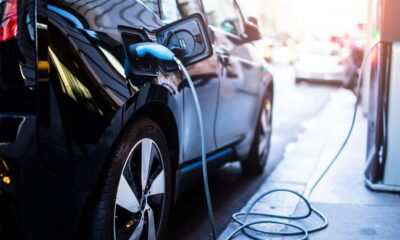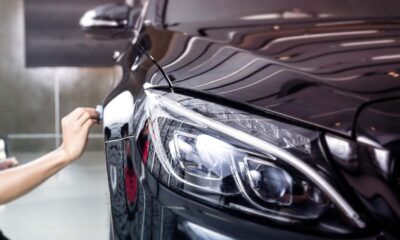Auto
How to Choose the Best Repair Kits for Your Vehicle?
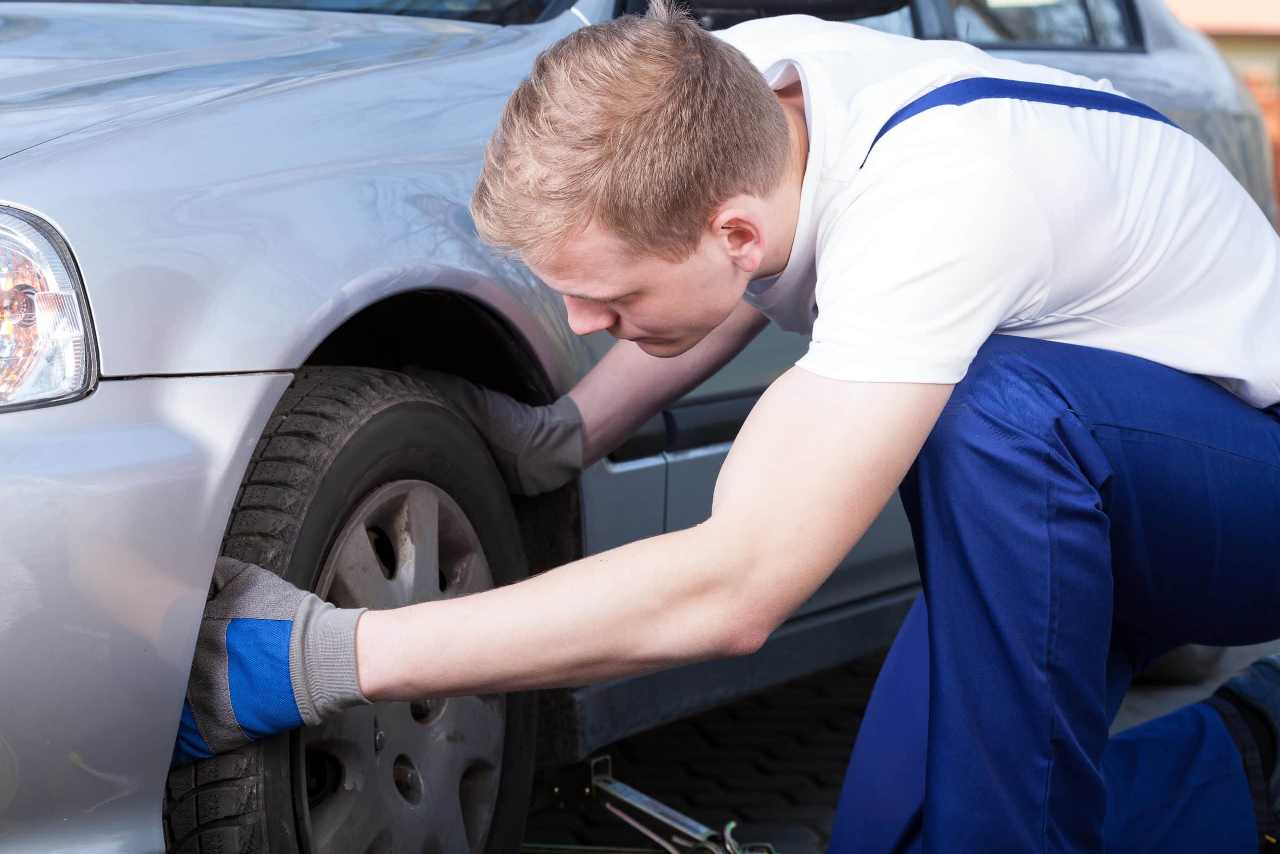
Owning a vehicle comes with the responsibility of ensuring its proper maintenance and repair. While regular professional servicing is essential, having a reliable repair kit on hand can save you from unexpected breakdowns and costly repairs. The market is flooded with a variety of repair kits, each designed to address specific issues. Choosing the best one for your vehicle can be challenging. This guide will help you understand what to look for when selecting a repair kit that meets your needs.
1. Understand Your Vehicle’s Needs
The first step in choosing the best repair kit is to understand the specific requirements of your vehicle. Different vehicles have different needs based on their make, model, and age. For example, a modern SUV might need a kit with advanced diagnostic tools, while a classic car may require more mechanical tools for routine maintenance. Reviewing your vehicle’s manual and familiarizing yourself with its common issues can provide insight into the types of tools you’ll need.
2. Consider the Type of Repair Kit
Repair kits can generally be categorized into several types based on their purpose:
- Emergency Repair Kits: These are designed for quick fixes on the road, such as flat tires or minor engine troubles. They typically include tire sealants, air compressors, jumper cables, and basic tools like screwdrivers and wrenches.
- Diagnostic Kits: These kits come with tools that help diagnose issues within your vehicle. Common tools include OBD-II scanners, voltage testers, and multimeters, which are crucial for identifying electrical and engine-related problems.
- Comprehensive Tool Kits: These are all-inclusive kits that feature a wide range of tools, from basic hand tools to specialized ones like torque wrenches, pliers, and socket sets. They are ideal for those who prefer doing in-depth repairs and maintenance at home.
Selecting the right type of kit depends on your comfort level with vehicle repairs and the common issues your vehicle faces.
3. Evaluate the Quality of Tools
The quality of the tools in a repair kit is crucial which can be found at https://klifex.com/. Poor-quality tools can not only fail you when you need them most but can also cause further damage to your vehicle. When evaluating a kit, look for tools made from durable materials like chrome vanadium or high-carbon steel, which offer strength and resistance to corrosion. Additionally, tools with ergonomic designs provide comfort during use, reducing the risk of injury.
4. Brand Reputation and Reviews
Brand reputation is often a good indicator of the quality of a repair kit. Established brands with a history of producing reliable automotive tools are generally a safer bet. However, it’s important to supplement this with customer reviews. Online reviews from other vehicle owners can provide insights into the performance and durability of the repair kits you are considering. Pay attention to recurring complaints or praise, as they can help you gauge the reliability of the product.
5. Portability and Storage
The best repair kits are those that you can easily store and carry. Consider the size and weight of the kit, especially if you plan to keep it in your vehicle for emergencies. Many kits come in sturdy cases that organize the tools neatly, making them easy to access when needed. If storage space is a concern, look for compact kits that still offer a comprehensive selection of tools.
6. Price vs. Value
While it might be tempting to opt for the cheapest repair kit available, it’s important to consider the long-term value. Inexpensive kits often cut corners in terms of quality, which can lead to tools breaking or failing when you need them most. Instead, focus on finding a kit that offers a good balance between price and quality. Investing in a slightly more expensive, higher-quality kit can save you money and hassle in the long run.
7. Compatibility with Your Vehicle
Ensure that the tools in the kit are compatible with your vehicle. For example, if your vehicle has metric fasteners, you’ll need a kit with metric wrenches and sockets. Additionally, some vehicles may require specific tools, such as star-shaped screwdrivers or specialized spark plug sockets, which aren’t included in every repair kit.
8. Ease of Use
If you’re not a professional mechanic, you’ll want a user-friendly kit. Tools that are intuitive and easy to use can make a significant difference, especially during stressful situations like roadside repairs. Some kits also come with instruction manuals or access to online tutorials, which can be very helpful for beginners.
Choosing the best repair kit for your vehicle is about balancing your specific needs with the quality and versatility of the tools offered. By understanding your vehicle, evaluating the quality of the tools, and considering factors such as portability, brand reputation, and ease of use, you can select a repair kit that will serve you well in any situation. Remember, a good repair kit is an investment in your vehicle’s longevity and your peace of mind on the road.
Auto
New Charging Points for Electric Cars to Boost EV Uptake in East Sussex
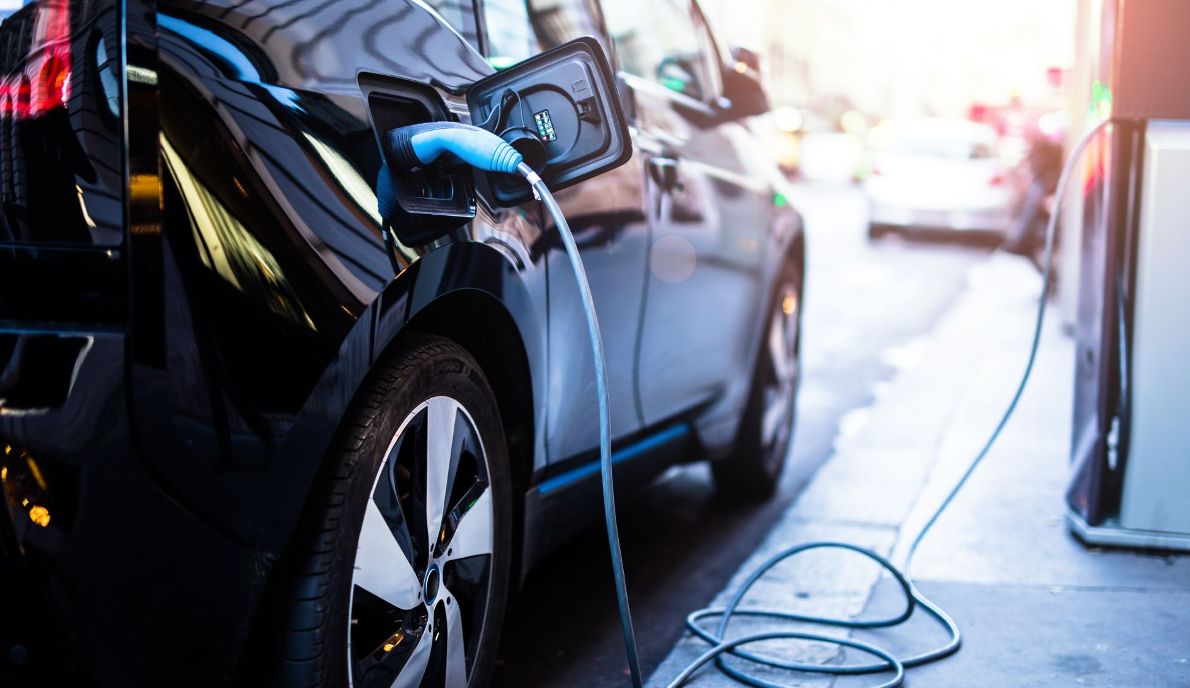
Lewes, East Sussex – Lewes District Council has announced the installation of 64 new electric vehicle (EV) charging points across 11 car parks in the area, as part of a 15-year agreement with Connected Kerb, a leading provider of EV charging infrastructure. The initiative is aimed at increasing electric vehicle adoption, improving air quality, and providing much-needed charging access to residents who are unable to charge their vehicles at home.
The project includes the replacement of existing rapid charge points at Lower Place and Phoenix Causeway, ensuring that the district’s infrastructure remains up-to-date and capable of meeting the growing demand for EV charging.
Councillor Emily O’Brien, Cabinet Member for Climate, Nature, and Food Systems, emphasized the importance of the initiative in supporting the local community’s transition to greener transportation. “We want to make it easier for local people to do the right thing for the environment,” she stated. “By putting affordable charge points into our car parks, we make it much easier for those people to take that step towards a greener future.”
The initiative aligns with the UK government’s ambitious target of 300,000 public charging points nationwide by 2031, a key component of the country’s broader strategy to reduce carbon emissions and promote sustainable living.
Cllr O’Brien highlighted the feedback from residents, many of whom are eager to switch to electric vehicles but have been deterred by the lack of accessible charging options. “I’ve heard from many people who want to get an electric car and can afford to do so, but they don’t go ahead because of lack of access to chargers or to off-street parking where they can install one,” she explained.
The new charging points are expected to significantly alleviate these concerns, making electric vehicles a more viable option for a broader segment of the population in East Sussex. The council’s partnership with Connected Kerb marks a significant step towards achieving local and national environmental goals, fostering a cleaner, more sustainable future for the community.
As the installation of these charging points progresses, residents and visitors alike can look forward to easier access to electric vehicle charging, paving the way for increased EV adoption and a reduction in the region’s carbon footprint.
Auto
Saving Money on Summer Car Detailing While Keeping Your Vehicle in Good Shape
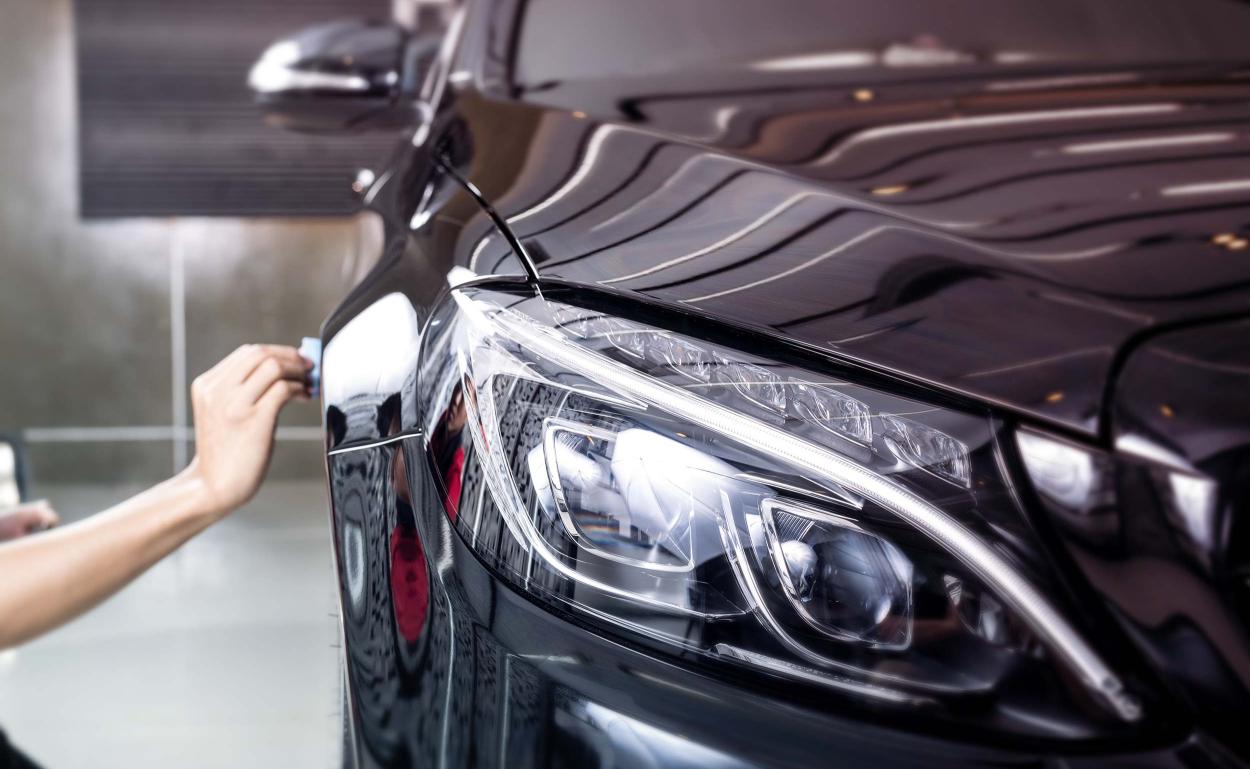
Summer car detailing is essential to maintain your vehicle’s appearance and protect it from the harsh effects of the sun, heat, and environmental contaminants. However, the costs can add up quickly if you’re not careful. Here’s how to save money while keeping your car in top condition during the summer months.
1. DIY Car Washing
- Wash It Yourself: Washing your car at home instead of going to a professional service can save a lot. Invest in a good quality car wash soap, microfiber towels, and a bucket. Avoid dish soap as it can strip away wax and damage the paint.
- Use the Two-Bucket Method: This reduces the chance of scratching your paint. One bucket is for soapy water, and the other is for rinsing your dirty wash mitt.
2. Protect the Paint
- Apply a High-Quality Wax or Sealant: Waxing your car protects the paint from UV rays, bird droppings, tree sap, and road debris. Consider using a spray wax, which is quicker to apply and can be done at home.
- Park in the Shade: Whenever possible, park your car in the shade to prevent the sun from damaging the paint and interior. This reduces the frequency of washing and waxing.
- Use a Car Cover: If you don’t have access to covered parking, invest in a car cover. It protects your car from sun exposure and other environmental damage.
3. Interior Care
- Clean Regularly: Regularly vacuuming and wiping down surfaces will keep dirt and debris from becoming embedded in carpets and upholstery, extending the life of your interior.
- Use Homemade Cleaners: Save money by making your own interior cleaners. A mixture of water and white vinegar is effective for cleaning windows, and a mild dish soap solution works well for upholstery.
- Protect Your Dashboard: The sun can cause your dashboard to crack and fade. Use a sunshade when parked and apply a UV protectant to maintain the dash’s condition.
4. Wheel and Tire Maintenance
- DIY Tire Shine: Instead of buying expensive tire shine products, make your own with water and a small amount of baby oil. It’s cost-effective and gives a nice shine.
- Regular Cleaning: Clean your wheels and tires frequently to prevent brake dust and grime buildup, which can lead to corrosion. A simple solution of water and dish soap is usually enough.
5. Preventative Maintenance
- Check Fluid Levels: High temperatures can cause your car’s fluids to evaporate faster. Regularly check and top up engine oil, coolant, and windshield washer fluid to prevent costly repairs.
- Inspect and Maintain Air Conditioning: Running your AC more often in the summer can strain the system. Ensure it’s running efficiently by regularly checking for leaks and replacing the cabin air filter.
6. Plan Ahead for Professional Detailing
- Look for Deals and Coupons: If you need professional detailing, look for discounts, promotions, or seasonal offers. Many detailers offer lower prices during weekdays or slow business periods.
- Bundle Services: Some shops offer discounts if you bundle services like waxing, interior cleaning, and engine bay cleaning.
7. Use Efficient Products
- Opt for Long-Lasting Products: Invest in long-lasting waxes, sealants, and ceramic coatings. Though they may have a higher upfront cost, they reduce the frequency of applications, saving you money in the long run.
- Waterless Wash Products: These are great for quick clean-ups and don’t require a hose. They are efficient in saving water and can be used on the go.
By taking a DIY approach, getting help from Detailing Studio Chicago using homemade solutions, and being mindful of where and how you park, you can keep your car looking great all summer long without breaking the bank. Regular maintenance, both inside and out, ensures that your vehicle stays in prime condition, saving you from more expensive repairs down the line.
Auto
American F1 Driver Logan Sargeant Unscathed After Fiery Crash During Dutch Grand Prix Practice

Logan Sargeant, the American Formula 1 driver, walked away unscathed after a dramatic crash during practice at the Dutch Grand Prix on Saturday. Sargeant lost control of his Williams Racing car, which slammed into a wall, crumpled on impact, and erupted in flames.
Immediately following the crash, Sargeant remained in the cockpit momentarily, reassuring his team over the radio, saying, “I’m good.” However, his race engineer quickly urged him to exit the car, having spotted flames emanating from the vehicle’s rear. Sargeant swiftly vaulted out of the smoking car and made his way to the side of the track as the session was promptly red-flagged.
Williams Racing confirmed that Sargeant was unharmed but announced that the damage to the car was too extensive to repair in time for the qualifying session. “The team will continue to repair and build his car in preparation for race day,” Williams Racing said in a statement on social media platform X, formerly known as Twitter.
The incident comes at a critical juncture for Sargeant, who has yet to score a point this season. This Grand Prix was his first since Williams announced that he would be replaced by Spanish driver Carlos Sainz for the next season. Sargeant joined Williams at the beginning of the 2023 season, making history as the first American driver in 30 years to score points in an F1 race, achieving a 10th-place finish at the United States Grand Prix.
In the subsequent qualifying session, Lando Norris secured the fastest time, earning pole position for Sunday’s race. Reigning champion Max Verstappen will start in second place, with Oscar Piastri rounding out the top three. Seven-time world champion Lewis Hamilton faced disappointment, exiting in the second round of qualifying and will begin the race from 12th on the grid.
-

 Business11 months ago
Business11 months agoSaudi Arabia’s Model for Sustainable Aviation Practices
-

 Business11 months ago
Business11 months agoRecent Developments in Small Business Taxes
-

 Politics11 months ago
Politics11 months agoWho was Ebrahim Raisi and his status in Iranian Politics?
-

 Business10 months ago
Business10 months agoCarrectly: Revolutionizing Car Care in Chicago
-

 Business10 months ago
Business10 months agoSaudi Arabia: Foreign Direct Investment Rises by 5.6% in Q1
-

 Technology11 months ago
Technology11 months agoComparing Apple Vision Pro and Meta Quest 3
-

 Politics11 months ago
Politics11 months agoIndonesia and Malaysia Call for Israel’s Compliance with ICJ Ruling on Gaza Offensive
-

 Technology11 months ago
Technology11 months agoRecent Developments in AI Ethics in America

